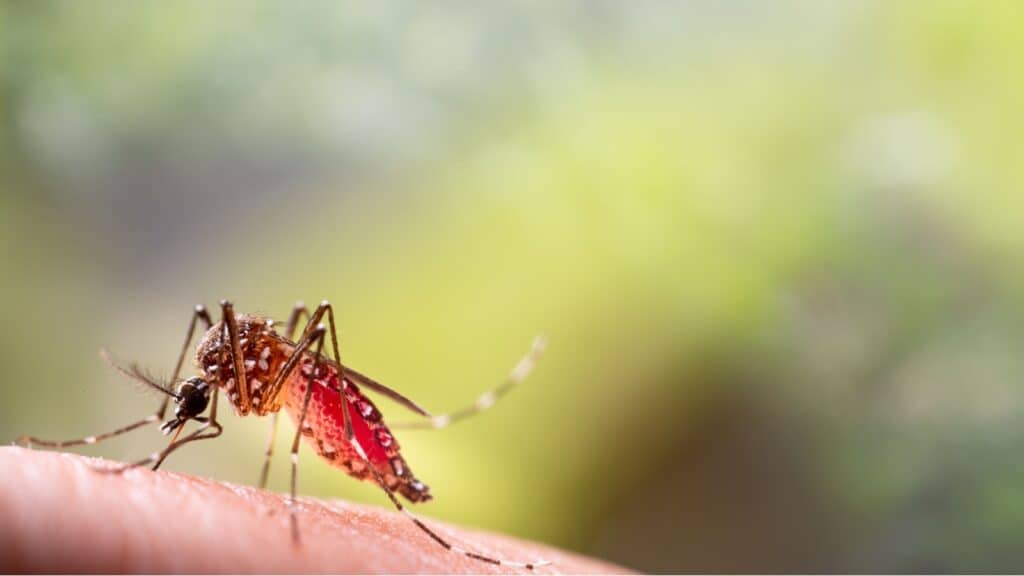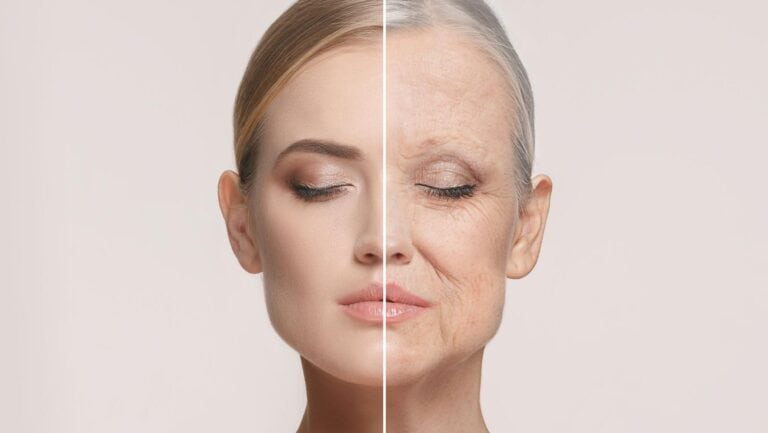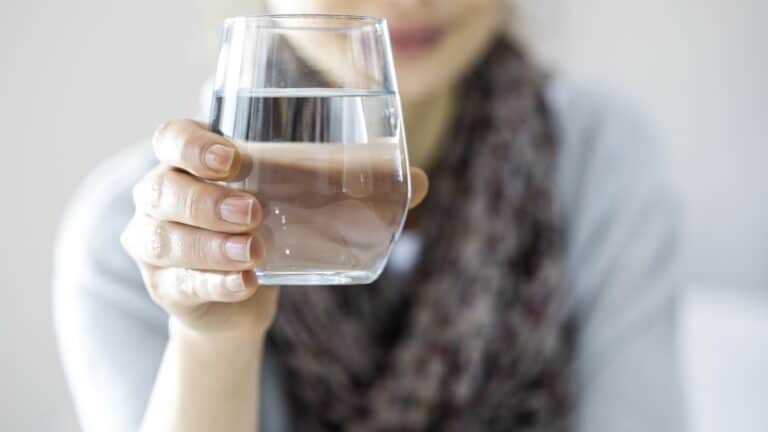Can The Human Body Adapt To The Rising Heat? And What Are We Doing If We Can’t?
As climate change intensifies, the human body’s ability to adapt to rising temperatures is becoming a critical concern. According to Dr. Camilo Mora, an expert on heat’s effects on human physiology, “The human body has remarkable adaptability to heat, but there are limits to how much we can physiologically adapt to rising temperatures due to climate change.” This introduction explores the extent of our physiological adaptations, the challenges we face as global temperatures climb, and the potential consequences if our bodies fail to keep pace with environmental changes.
Physiological Heat Adaptations

The human body employs several mechanisms to cope with heat, including acclimatization and evolutionary adaptations. Over a 7-14 day period of exposure to hot environments, the body undergoes beneficial changes such as increased sweating efficiency, stabilized circulation, and the ability to perform work with lower core temperature and heart rate. Evolutionary adaptations have equipped humans with efficient sweating mechanisms, reduced metabolism in hot conditions, and modified sweat gland sensitivity. Additionally, individual genetic variations may contribute to better heat tolerance in some people. These physiological adaptations have historically allowed humans to survive and thrive in diverse climates, but the rapid pace of current climate change is testing the limits of our adaptive capabilities.
Limits of Heat Adaptation

Despite the body’s remarkable adaptability, there are physiological limits to human heat tolerance. The wet-bulb temperature threshold of 35°C (95°F) marks a critical point beyond which the body cannot effectively cool itself through sweating, even with unlimited water availability. Life-threatening hyperthermia typically begins when core body temperature rises to 40.6-41.7°C (105-107°F). High humidity significantly impairs the body’s cooling mechanism by reducing sweat evaporation efficiency. These limits are particularly concerning as climate change pushes temperatures in many regions closer to or beyond these thresholds, potentially rendering vast areas uninhabitable for extended periods.
Consequences of Heat Inadaptability

Failure to adapt to increasing temperatures can lead to severe health risks, including dehydration, heat exhaustion, and potentially fatal heat stroke. The World Health Organization warns of increased kidney problems, skin infections, and mental health issues such as anxiety and cognitive impairment. Socioeconomic impacts are significant, with vulnerable populations disproportionately affected due to limited access to cooling resources. Extreme heat results in reduced work capacity and cognitive performance, leading to substantial productivity losses. The Centers for Disease Control and Prevention emphasizes that older adults, young children, and those with chronic illnesses are at highest risk from heat-related health issues. Climate projections suggest that without adaptation, heat-related mortality could rise dramatically, potentially claiming 250,000 additional lives annually between 2030 and 2050.
Heat Mitigation Strategies

To address the challenges of rising temperatures, experts recommend a multi-faceted approach combining individual and societal measures. These include improving access to cooling technologies, adjusting work patterns to avoid peak heat hours, and implementing urban planning strategies like increasing green spaces and reflective surfaces. Dr. Elias Zerhouni, former director of the National Institutes of Health, emphasizes the importance of addressing the root causes of climate change to slow global temperature rise. Additionally, public health initiatives focused on educating vulnerable populations about heat risks and providing early warning systems for extreme heat events are crucial for reducing heat-related illnesses and deaths.
Technological Innovations for Heat Mitigation

Technological innovations are playing a crucial role in mitigating urban heat and improving sustainability in cities. Advanced materials like photonic components and reflective “cool” materials are being developed to reduce heat absorption in buildings and urban surfaces. Cool roofs and pavements, designed with reflective or lighter materials, bounce back solar radiation and reduce surface temperatures, directly impacting buildings’ energy consumption and indoor comfort. Innovative solutions like Lumiweave, a fabric that provides shade during the day and illuminates surroundings at night using harvested solar energy, are being implemented in urban spaces. Additionally, smart planters with sensor-controlled systems are being used to purify air and insulate buildings from the sun. These technologies, combined with urban greening initiatives and water-based cooling systems, offer promising strategies to combat rising urban temperatures and improve livability in increasingly warm environments.
Adapting to Climate Change: What Does The Future Hold?

As global temperatures rise due to climate change, the human body’s ability to adapt to heat is being pushed to its limits. While humans have remarkable physiological mechanisms for heat adaptation, including efficient sweating and acclimatization processes, these may not be sufficient to cope with the rapid pace of warming. The critical wet-bulb temperature threshold of 35°C (95°F) represents a hard limit beyond which the human body cannot effectively cool itself, even with unlimited water availability. As temperatures in many regions approach or exceed these thresholds, the consequences of heat inadaptability become increasingly severe, ranging from health risks to significant socioeconomic impacts. A multi-faceted approach combining individual adaptations, societal measures, and technological innovations is crucial to address this challenge. However, the most effective long-term solution remains to address the root causes of climate change, slowing the rise of global temperature and preserving human habitability in vulnerable regions.
Why Do Mosquitos Seem To Like Me So Much, and What Can I Do About It?

Have you ever wondered why mosquitoes seem to prefer biting some people over others? Understanding the reasons behind this can help in mitigating their impact. Mosquitoes are attracted to certain individuals due to factors like body odor, carbon dioxide, and body heat. These pests are not just annoying; they can also carry dangerous diseases such as malaria, dengue fever, and Zika virus. In this article, we explore why mosquitoes are drawn to specific people, the health risks they pose, and effective strategies to protect yourself from their bites.
READ: Why Do Mosquitos Seem To Like Me So Much, and What Can I Do About It?
Is There A Link Between Being A ‘Good Girl’ And Autoimmune Disease In Women?

Women Rising®, an 11x award-winning women’s empowerment and media company founded by autoimmune-diagnosed, 15x award-winning documentary filmmaker, Sara Hirsh Bordo, recently released findings from Autoimmunity and the “Good Girls” ™ the first-ever sociological survey exploring the intersection between empowerment and autoimmunity in American women. READ: Is There A Link Between Being A ‘Good Girl’ And Autoimmune Disease In Women?
Join Us

Join us on this empowering journey as we explore, celebrate, and elevate “her story.” The Queen Zone is not just a platform; it’s a community where women from all walks of life can come together, share their experiences, and inspire one another. Welcome to a space where the female experience takes center stage. Sign up for our newsletter so you don’t miss a thing, Queen!







